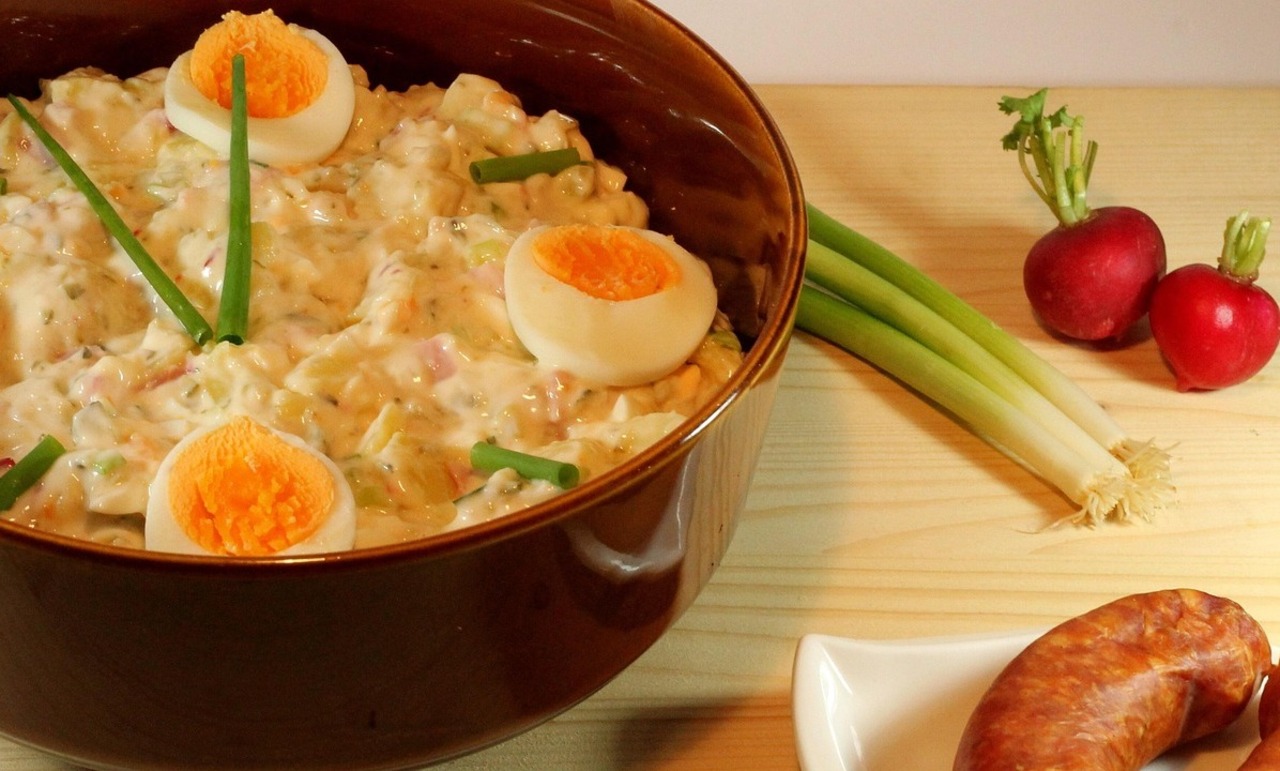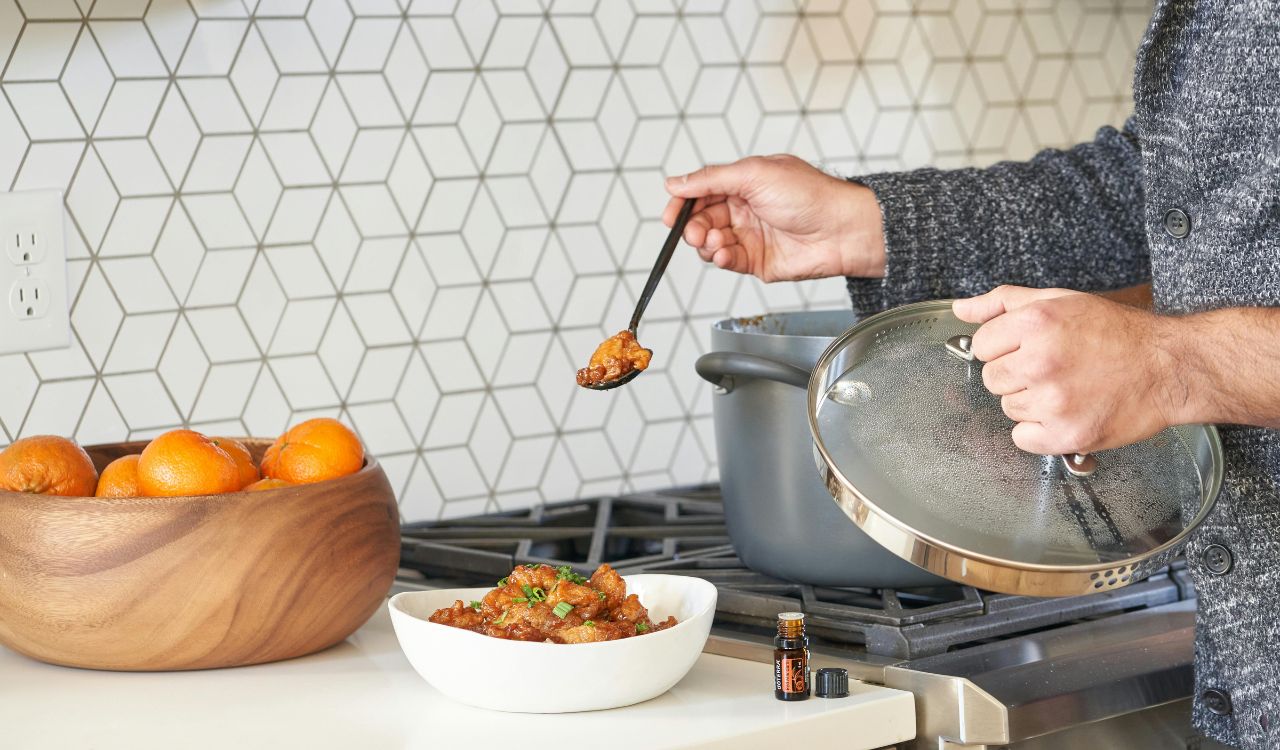How the First Casserole Looked Before Modern Recipes Took Over
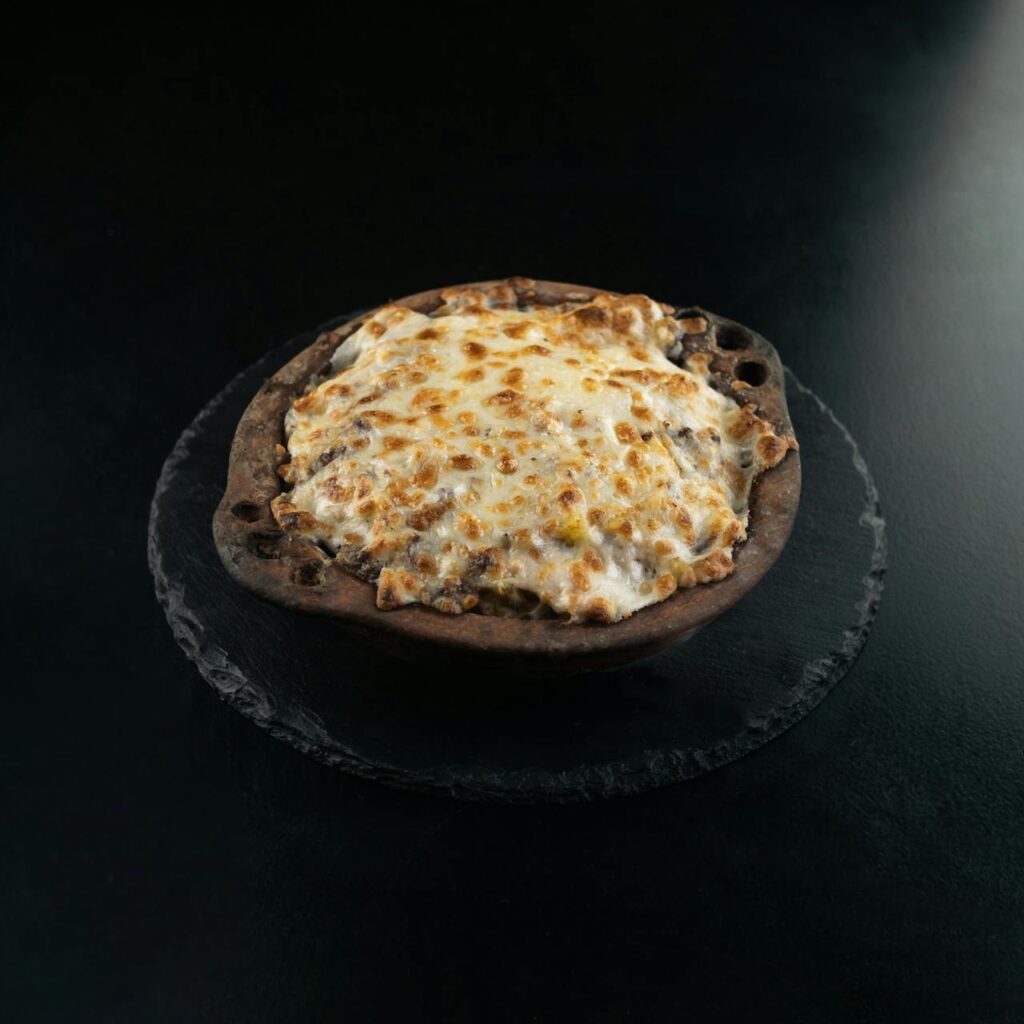
Before the word “casserole” ever appeared on a mid-century recipe card, the concept already existed in kitchens centuries earlier. Early cooks didn’t have canned cream soups, boxed pasta, or frozen vegetables. What they did have was a simple idea: combine whatever ingredients were available into one nourishing dish baked slowly over heat.
The earliest casseroles weren’t defined by convenience or trend-they were born from necessity. Families stretched limited ingredients into meals that could feed many, often using grain, meat scraps, and broth as the base.
What this really means is that the casserole began not as a crowd-pleasing comfort food, but as a survival strategy-one that later evolved into the baked dishes we now associate with cozy weeknight dinners and potlucks.
From Ancient Stews to the First “Casseroles”
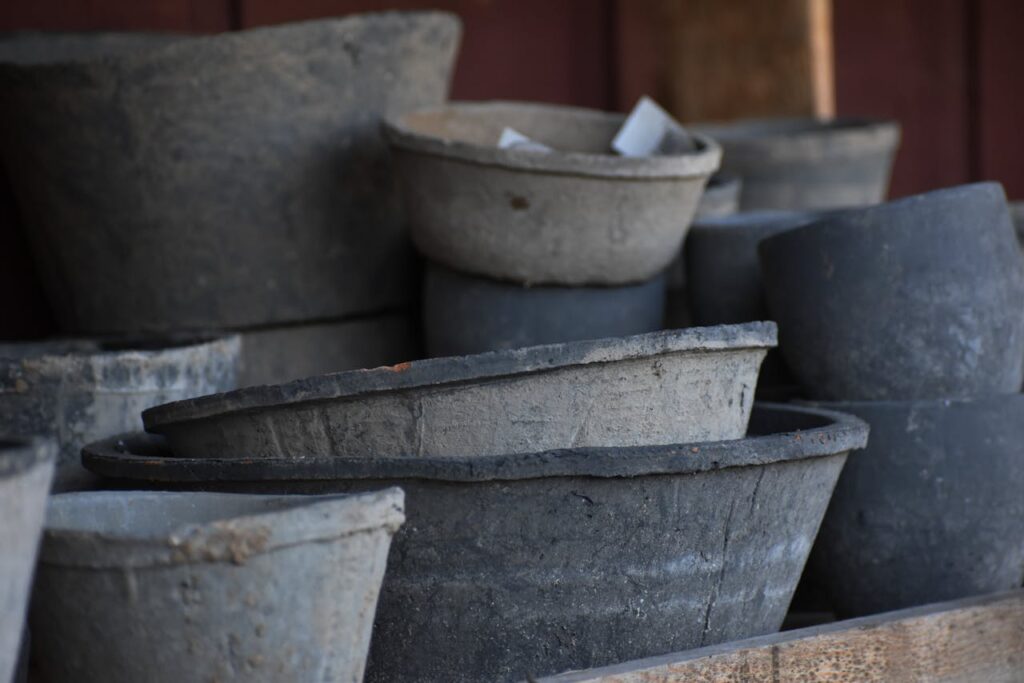
The casserole’s origins reach far back before any French chef claimed it. In fact, the concept of cooking everything in one pot was global, from the clay pots of the Middle East to the communal ovens of medieval Europe.
Clay Pots and Hearthside Meals
Ancient civilizations like the Greeks and Romans made early versions of casseroles in earthenware dishes. These meals typically mixed grains such as barley or rice with bits of meat and vegetables, cooked slowly in communal ovens. The result was soft, fragrant, and deeply filling a far cry from today’s crispy-topped casseroles.
What made these early versions distinct was the method. Slow baking allowed ingredients to meld, creating a layered flavor that didn’t require spices or butter-laden sauces. It was cooking built on patience and practicality, not indulgence.
The Medieval Transition
By the Middle Ages, Europe embraced baking as an everyday cooking method. Ingredients like bread crumbs and cheese began appearing more frequently, offering the first hint of what would later become the casserole’s signature crust.
In rural areas, peasants cooked these dishes in heavy iron pots near open fires, layering whatever they had beans, grains, salted meats.
It wasn’t fancy, but it was dependable, and the idea of the “one-dish meal” started to take real form during this period.
The French Influence: From Peasant Dish to Culinary Art
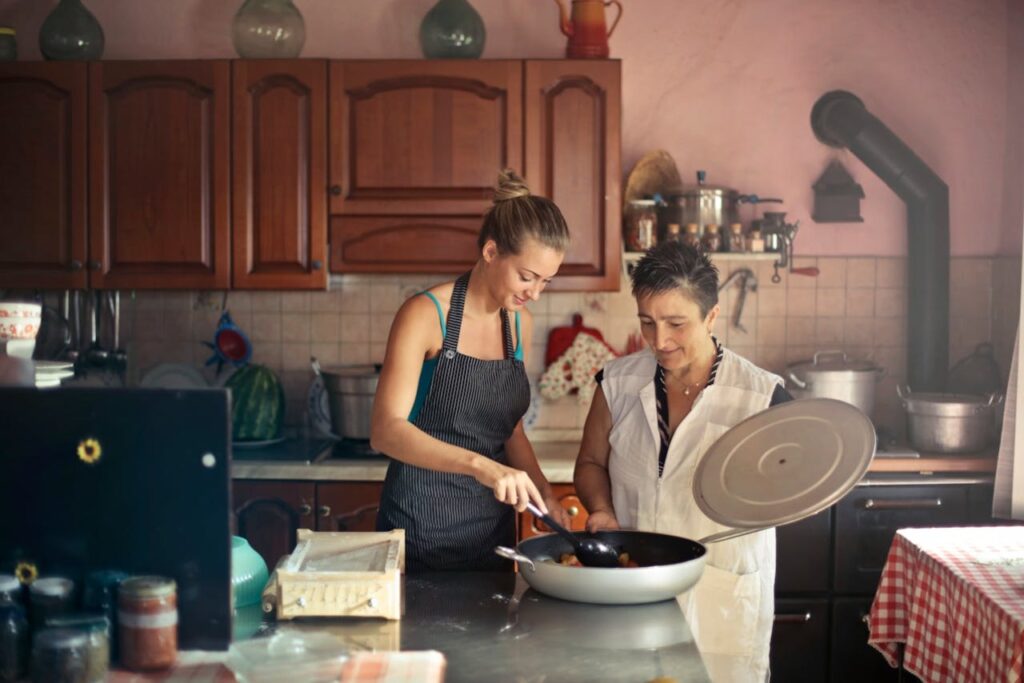
The word “casserole” itself comes from the French term for “saucepan,” and it’s in France that the dish began to take on elegance. By the 18th century, what started as humble fare was refined through French cooking techniques and became part of the culinary canon.
From Survival to Sophistication
French chefs began layering ingredients in shallow baking dishes instead of deep pots. Creams, broths, and eggs bound everything together, transforming rustic leftovers into something refined. The casserole became more structured, resembling early gratins or pâtés, often featuring game meats and fresh herbs.
This evolution was about more than flavor; it was presentation. A once utilitarian meal was now fit for guests, marking a shift from survival food to social dish.
The Parisian Touch
By the late 19th century, French households commonly baked casseroles as side dishes, often combining potatoes, vegetables, and béchamel sauce. These recipes influenced cooks across Europe and, eventually, America-where the casserole would soon find its modern identity.
The American Reinvention: Convenience and Community

The casserole that most people picture today; the bubbling dish topped with cheese or crumbs didn’t appear until the 20th century. What changed was technology, taste, and the rise of canned food.
The Postwar Shift
After World War II, convenience foods reshaped American cooking. Brands promoted casseroles as efficient, family-friendly meals that used affordable pantry staples. Cream-of-mushroom soup, instant noodles, and frozen vegetables turned the once rustic concept into a symbol of suburban life.
Suddenly, every community cookbook and potluck featured a casserole variation. The dish became a cultural shorthand for comfort and togetherness, reflecting the optimism and practicality of the era.
Regional and Modern Twists
Today, casseroles vary wildly-Tex-Mex enchilada bakes, Midwestern tater tot casseroles, and vegetarian quinoa versions all share the same foundation: simple ingredients baked together to create something greater than the sum of its parts.
Despite modern convenience, the spirit of the original casserole-resourcefulness, warmth, and community – still lives on in every bubbling dish pulled from the oven.
A Dish That Never Lost Its Purpose
The first casseroles weren’t built for indulgence but for survival, and that practicality still defines them. Over centuries, the casserole adapted to changing kitchens, cultures, and technologies, yet its purpose remained the same: to bring people together over something warm, filling, and familiar.
Whether it’s an ancient grain bake or a modern lasagna-style casserole, the idea hasn’t changed much. It’s proof that the simplest culinary ideas often have the longest life.


